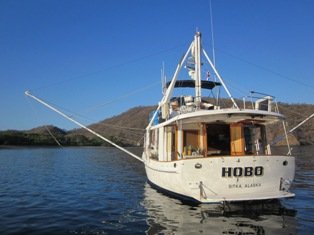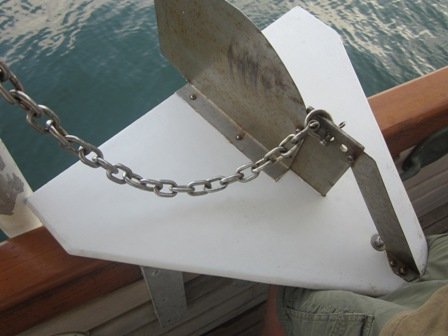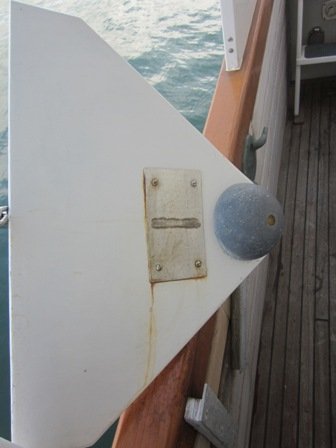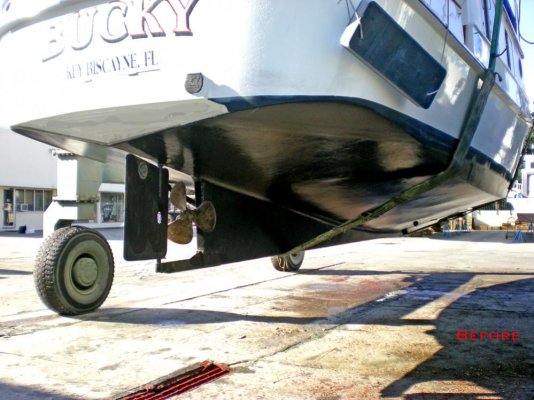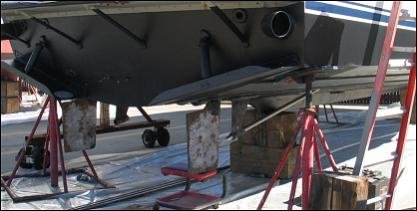Having cruised on working boats and pleasure boats in open waters (various models, designs, sizes, and power-ratios) I found to restrict every boat’s hull design as belonging strictly to any level of a three tier category (FD, SD, or P) is simply not applicable in all instances (however it is in some). Having experienced boats categorized FD well exceed their “hull” speed without much extra power as well as boats considered SD to have broken into full plane without exorbitant power I copied the following from Wikipedia. I feel this best explains the notable per-hull-shape variables as well as the speed/efficiency potentials for hull-shapes. The hull category I have noticed that most often holds true to its definition/capabilities is P... and, in that category there are hull-bottom design details that can increase their high-speed-planing efficiency, such as “stepped” and other hull designs to further reduce wetted surface or to produce “skipping”. From what I’ve noticed each hull-design category holds a broad range of added potentials that can be developed upon by incremental design improvements. Being a person who designs and co-engineers mass airflow apparatus I appreciate the capabilities of what minor apparatus design adjustments can afford in the movement of fluids past stationary material items as well as the movement of material items through, over, or into fluids or gasses. Some material items we use in CFD tests are rigid configuration while some are flexible and/or expandable with capability to alter their shape in accordance with needs apparent to coincide with the properties of fluids or gases encountered. For water and air, many appreciable similarities exist between fluid-drag, fluid-release, fluid-bounce, fluid skipping, and fluid-deflection. High end CFD programs at times reveal unexpected fluid dynamic efficiency relationships between the design of material items and fluids or gasses. In my opinion, correlation between power ratios, water, and boat-hull-designs in fluid mechanics offer grand opportunity for fluid design research; as is consistently ongoing in the marine industry. Loving boating as I do maybe in future I will direct my efforts toward hull designs... just no time to indulge right now!
WIKIPEDIA:
Hull speed, sometimes referred to as displacement speed, is the speed of a boat at which the bow and stern waves interfere constructively, creating relatively large waves, and thus a relatively large value of wave drag. Though the term "hull speed" seems to suggest that it is some sort of "speed limit" for a boat, in fact drag for a displacement hull increases smoothly and at an increasing rate with speed as hull speed is approached and exceeded, with no noticeable inflection at hull speed. Heavy boats with hulls designed for planing generally cannot exceed hull speed without planing. Light, narrow boats with hulls not designed for planing can easily exceed hull speed without planing; indeed, the unfavorable amplification of wave height due to constructive interference diminishes as speed increases above hull speed. For example, world-class racing kayaks can exceed hull speed by more than 100%, even though they do not plane. Semi-displacement hulls are intermediate between these two extremes.
Hull speed is often called the "speed-length ratio", even though it's a ratio of speed to the square root of length. The concept of hull speed is not used in modern naval architecture, where considerations of speed-length ratio or Froude number are considered more helpful.
Froude number: Dimensionless number defined as the ratio of a characteristic velocity to a gravitational wave velocity. It may equivalently be defined as the ratio of a body's inertia to gravitational forces. In fluid mechanics the Froude number is used to determine the resistance of a partially submerged object moving through water, and permits the comparison of objects of different sizes. Named after William Froude, the Froude number is based on the speed/length ratio as defined by him.


